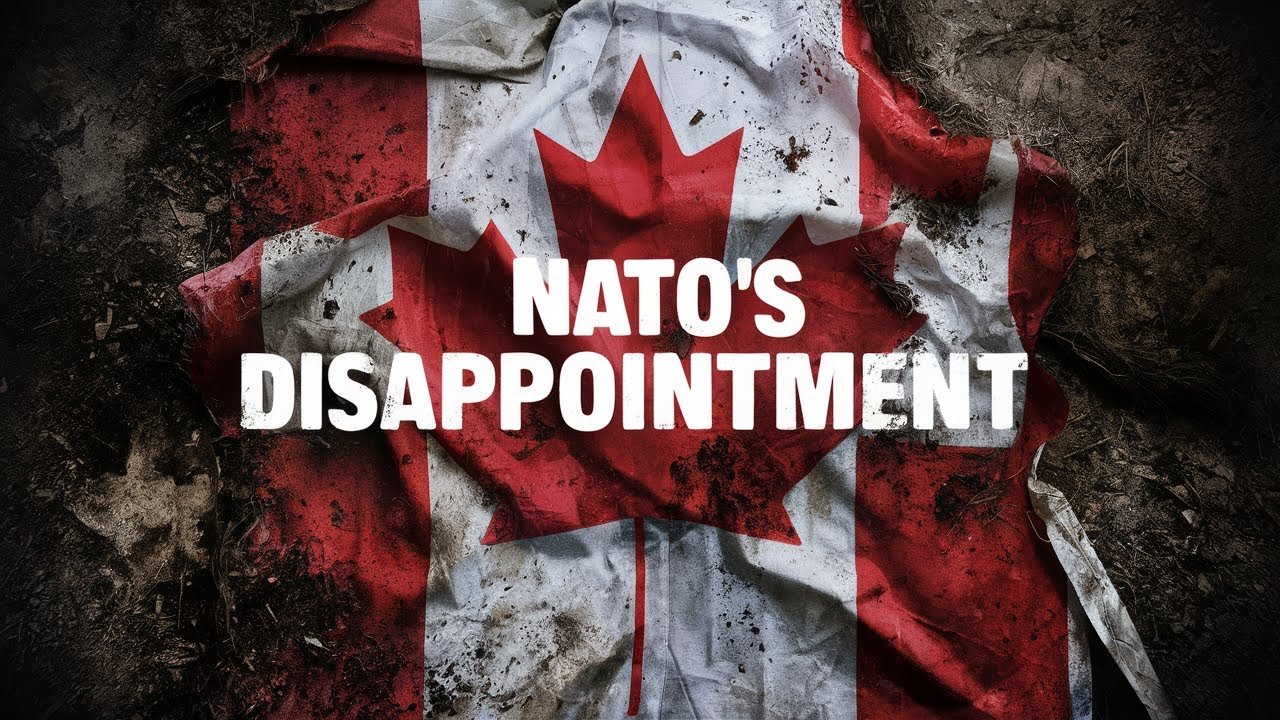- Canada’s defense spending is only 1.22% of its GDP, below NATO’s recommended 2% threshold.
- Internal reports and experts indicate a crisis in military recruitment, aging fleets, and budget cuts.
- Approximately 58% of the Canadian Armed Forces would be able to respond if called upon by NATO allies.
- Nearly half of the military’s equipment is considered unavailable and unserviceable.
- Geopolitical shifts and the rise of multi-polar world dynamics underscore the need for Canada to increase defense capabilities.
- Recent polls show a majority of Canadians favor increasing defense spending, especially in light of potential international conflicts.
- Despite plans to grow NATO’s presence in the Baltic region and invest in defense systems like NORAD, concerns persist over Canada’s readiness for new era military confrontations.
- Canada’s military spending in raw dollar terms places it ahead of some countries that exceed the 2% GDP target, but this does not fully address operational and strategic deficiencies.
- Recruitment challenges and a shrinking military force compound the issue of outdated and inadequate equipment across all branches of the Armed Forces.
- The Arctic region emerges as a critical area of concern, with Canada lacking the necessary capabilities and infrastructure to assert its interests against Russian and Chinese ambitions.
- Specialization in areas such as cyber security, special forces, and energy security could offer alternative pathways to bolstering Canada’s military effectiveness without significantly increasing spending.
This summary has been generated by AI.

Leave a Reply